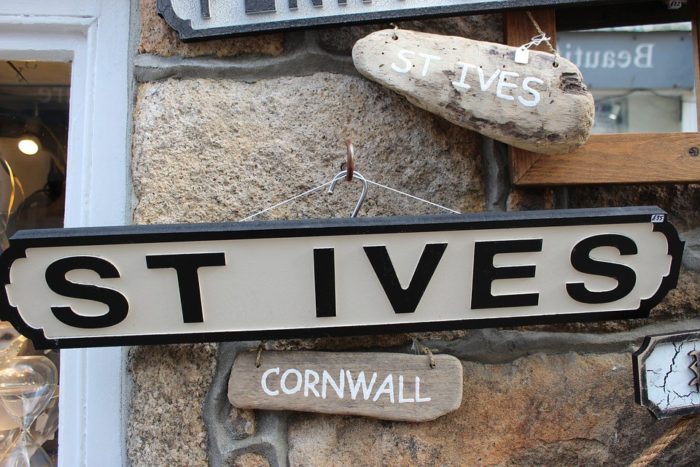If you haven’t yet had a chance to visit the Patrick Heron exhibition at the Tate St Ives, now would be a great time to take a look. The exhibition ends on September 30 so time is running out. This major retrospective of Heron’s is a great opportunity to discover one of the most important painters of the St Ives’s set.
Heron Retrospective
The Heron retrospective covers work from early in his career, in the 1940s, until shortly before he died. The Tate St Ives is the perfect place for Heron’s huge, colourful paintings. The gallery is blessed with some enormous aeroplane hangar-style exhibition places, which suit the scale of Heron’s huge canvases. You will have plenty of space to appreciate his exuberant use of colour and his mastery of scale and composition. Can you imagine seeing one of his pieces in an exhibit from someplace like the Exhibit Design Company?
Classic Heron
One of Heron’s key paintings – Cadmium with Violet, Scarlet, Emerald, and Lemon, is a huge canvas. It measures 80 square feet more or less. The colours are vibrant, and the breadth of the piece quite simply takes your breath away. Stand at a distance and allow yourself to become immersed in the colours. This painting, created in 1969, is classic Heron. The composition is blocky, and the paint smoothly applied. There are patterns within patterns and the more you stare at the canvas, the more you see. The sheer delicacy of the brush strokes and use of paint is amazing.
“One merely knows that surfaces worked in this way can – in fact, they must – register a different nuance of spatial evocation and movement in every single square millimetre,” Heron said when discussing his style of painting.
The main criticism of his exhibition is the way the paintings have been organised. Whereas it is customary to hang works of art in chronological order, so the audience can see how an artist’s work has evolved over time, the curators of this exhibition have resisted such a straitjacket. Instead, they have adopted a thematic approach.
A Thematic Approach
Work is organised into four distinct themes. The idea is to show that Heron was consistent in his approach to style and composition throughout his life. Whilst this is an interesting way to organise the exhibition, some would argue that it makes it all very confusing.
There are some real gems to admire in the exhibition. One of Heron’s earliest works is The Piano, painted in 1943. It is small compared to some of the huge canvases that dominate the space, but small can be beautiful and this exquisite composition is a joy to view.
Camellia Garden, painted in 1956, is another interesting piece. It is an abstract work, but the use of pattern is strongly suggestive of colourful petals. It is a very striking work and that hints at inspiration taken from the likes of Jackson Pollack and De Kooning, who were both experimenting with abstraction at the time.
Check out the exhibition and if it inspires you, pick up some paints from Raaaft and have a go at painting your own artworks.
Have you seen the exhibition? Let us know your thoughts in the comments.


 Royalty Free Photo
Royalty Free Photo